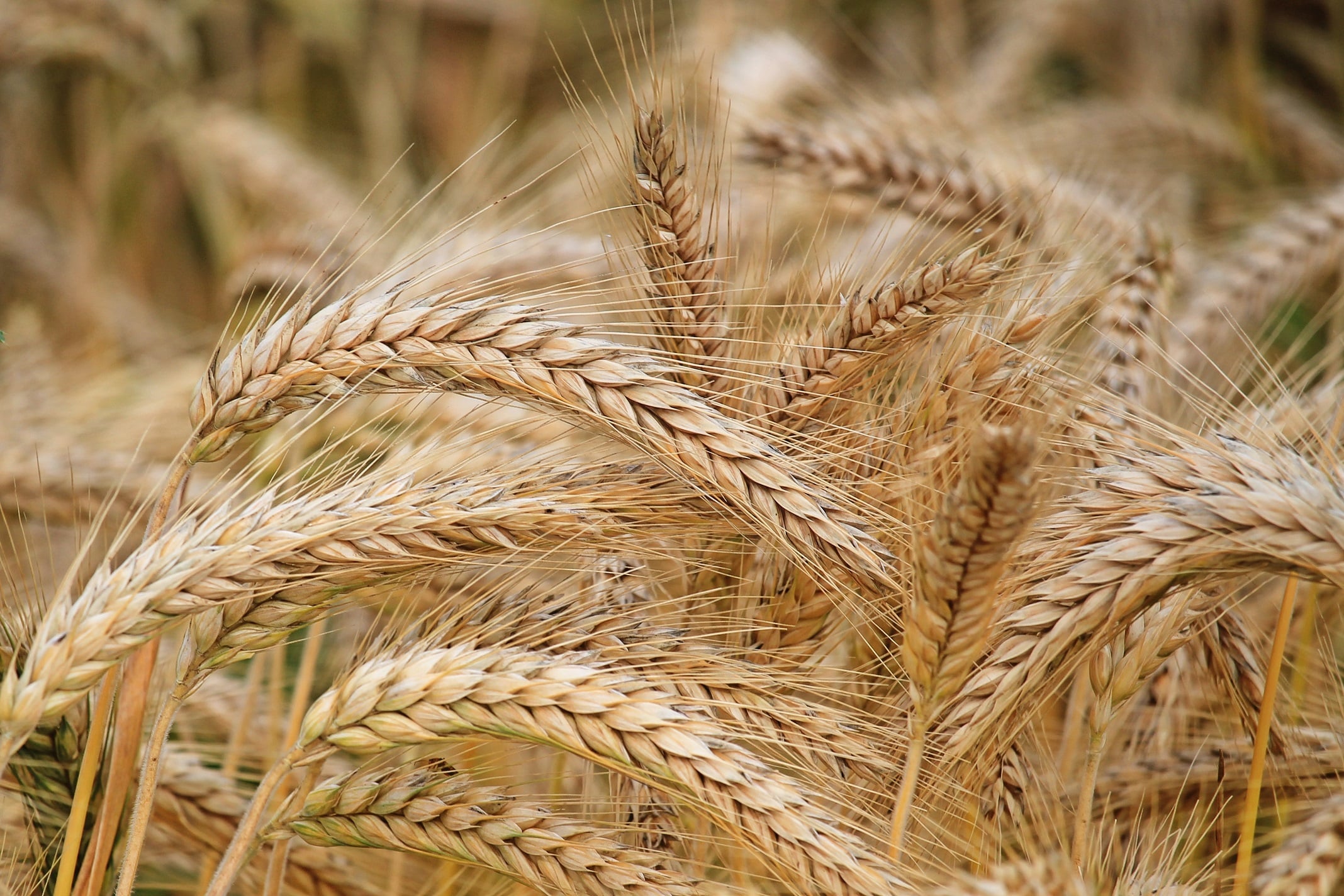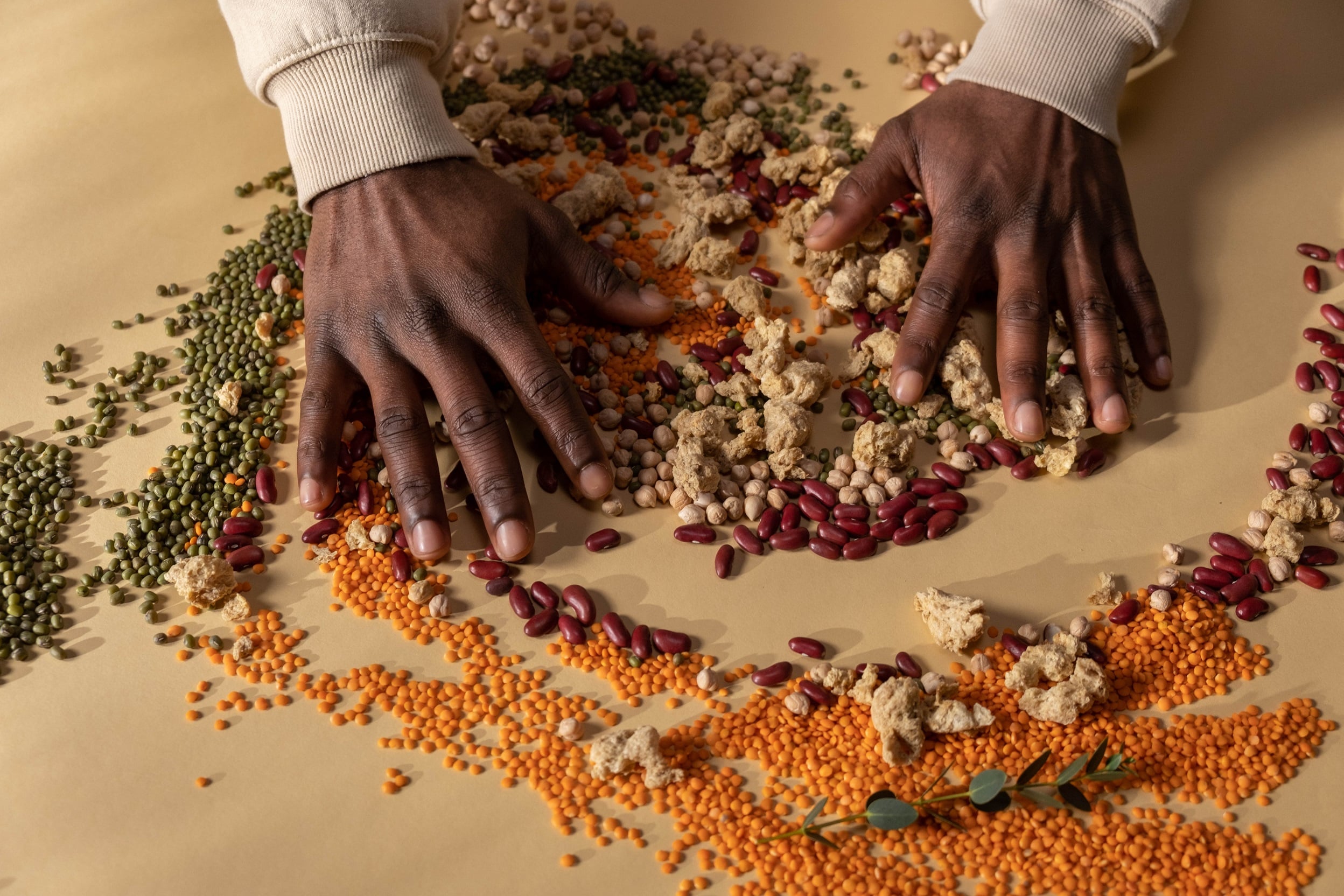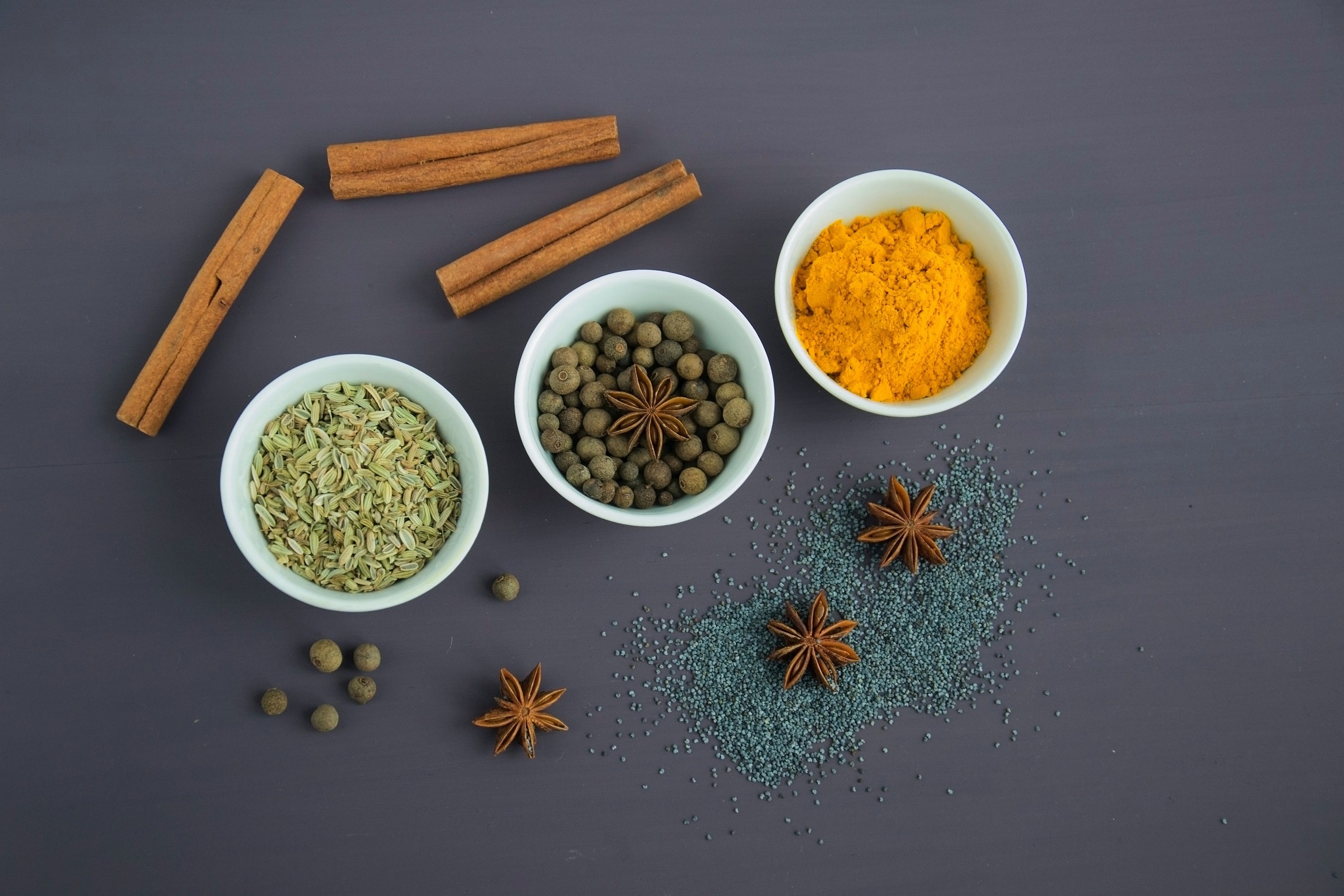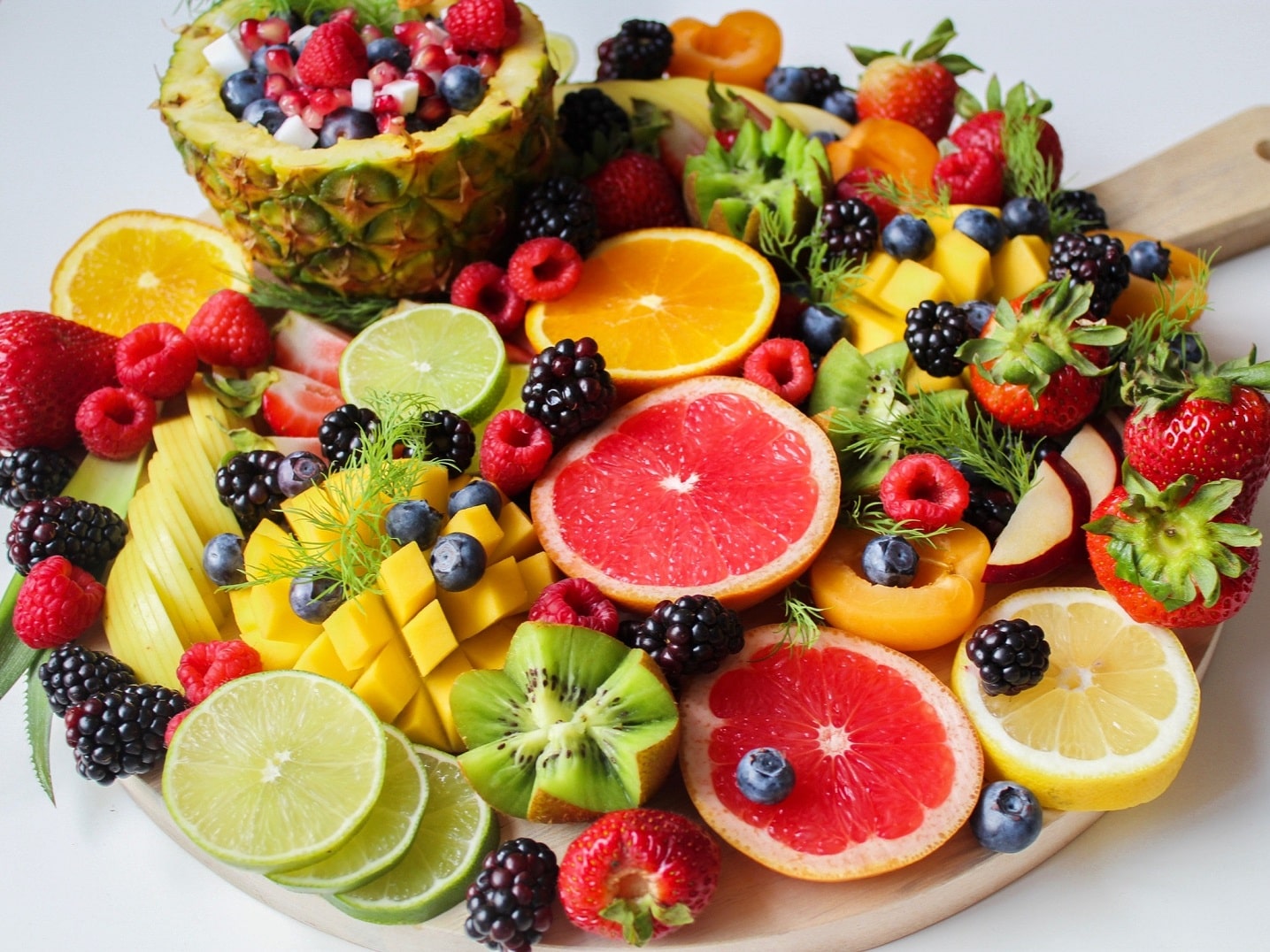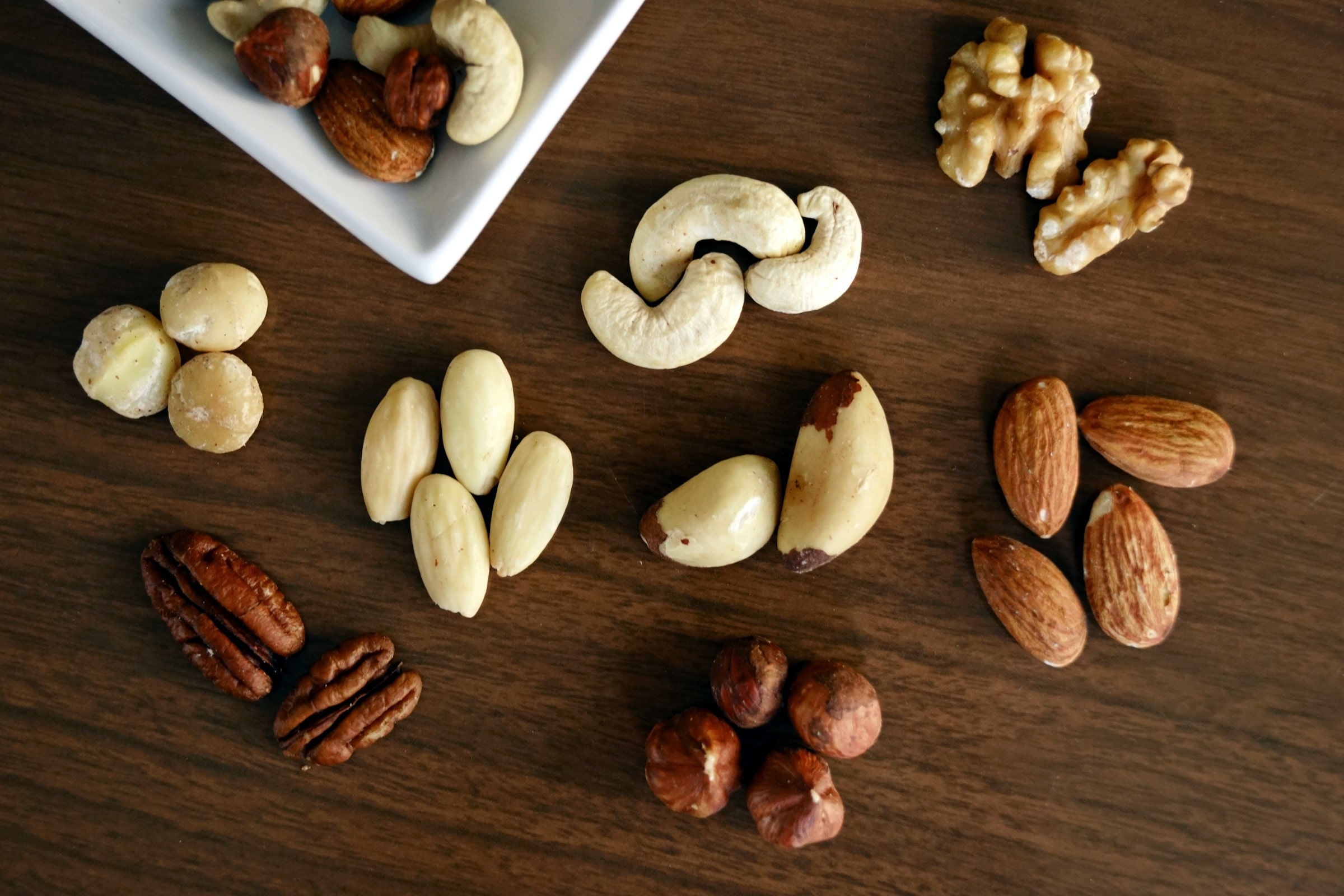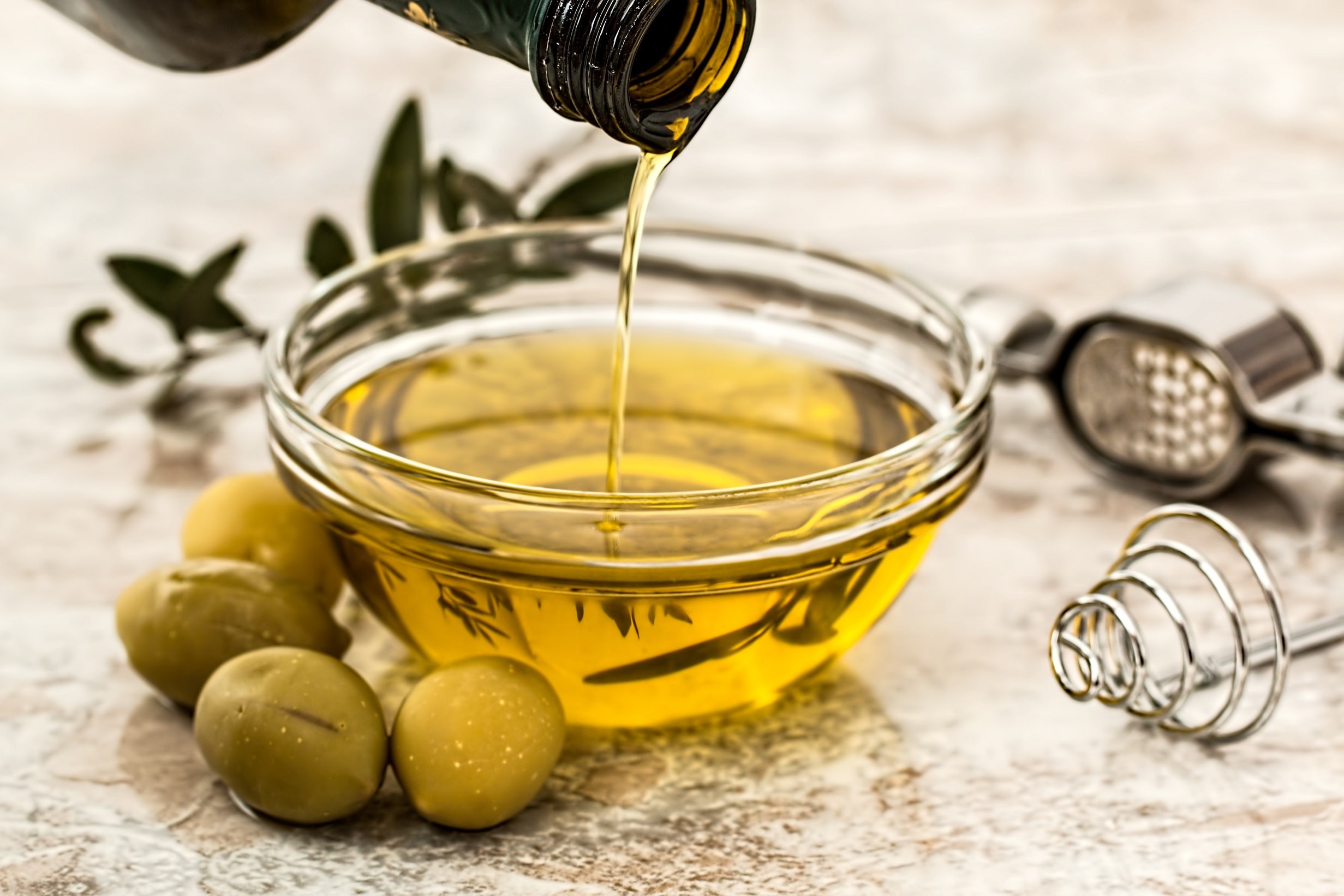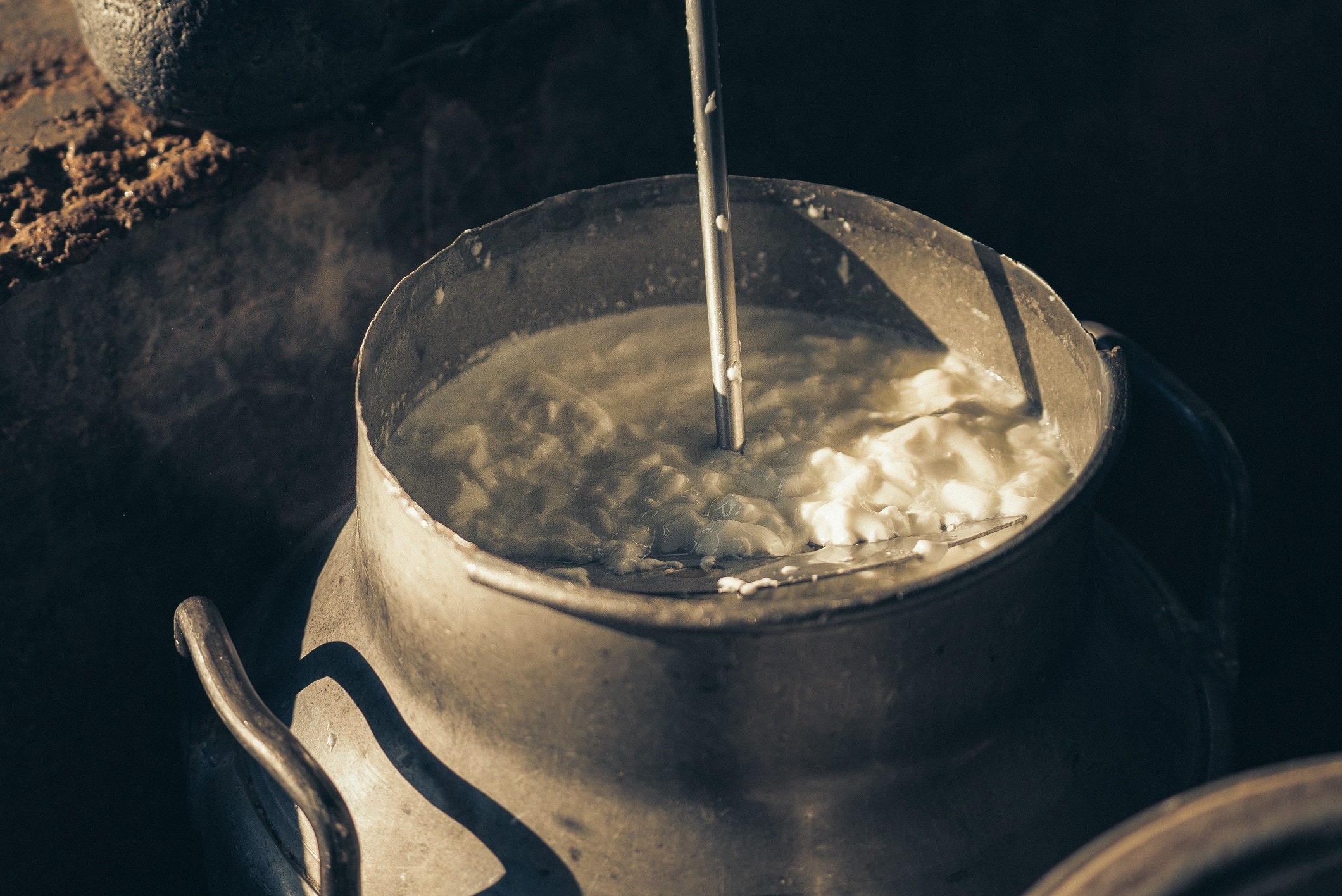FOOD PRODUCTS
Cereals
CEREALS are generally of the gramineous family and, in the FAO concept, refer to crops harvested for dry grain only. Crops harvested green for forage, silage or grazingare classified as fodder crops. Also excluded are industrial crops, e.g. broom sorghum (Crude organic materials nes) and sweet sorghum when grown for syrup (Sugar crops nes). For international trade classifications, fresh cereals (other than sweet corn), whether or not suitable for use as fresh vegetables, are classified as cereals.
